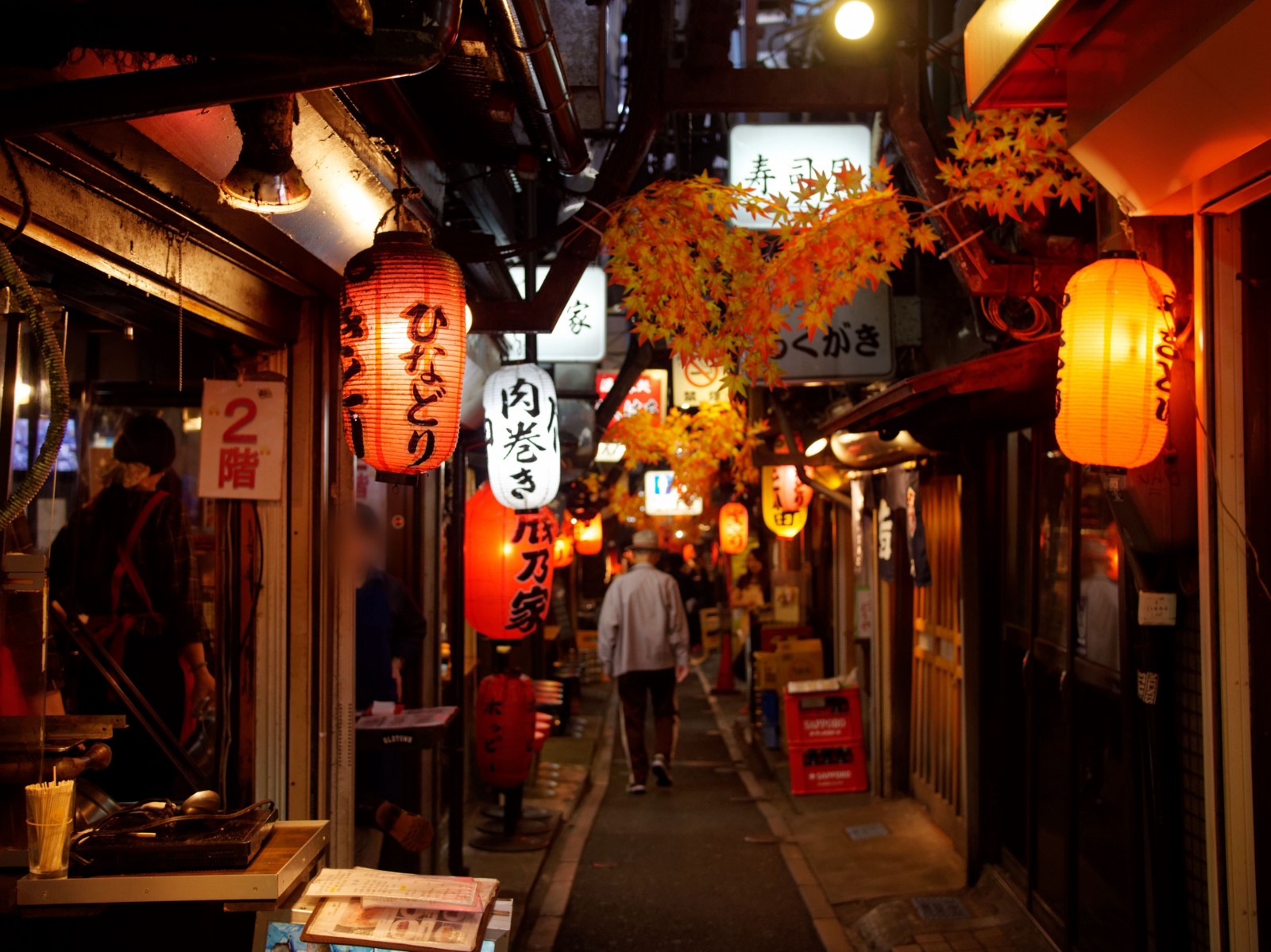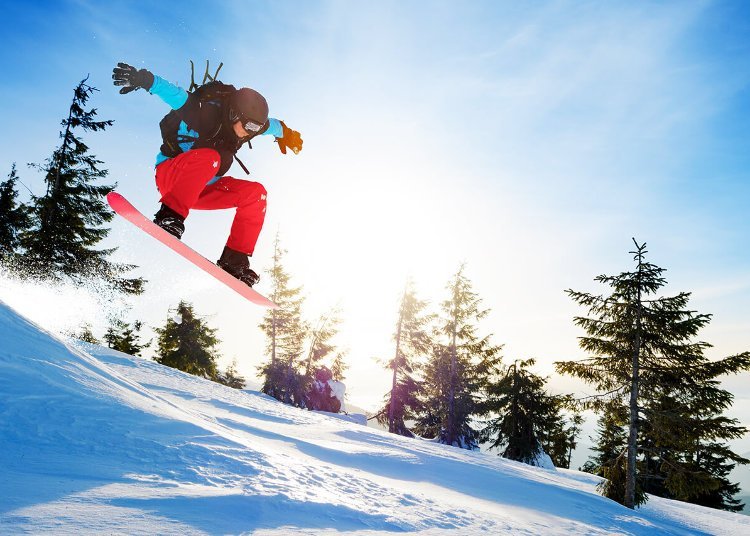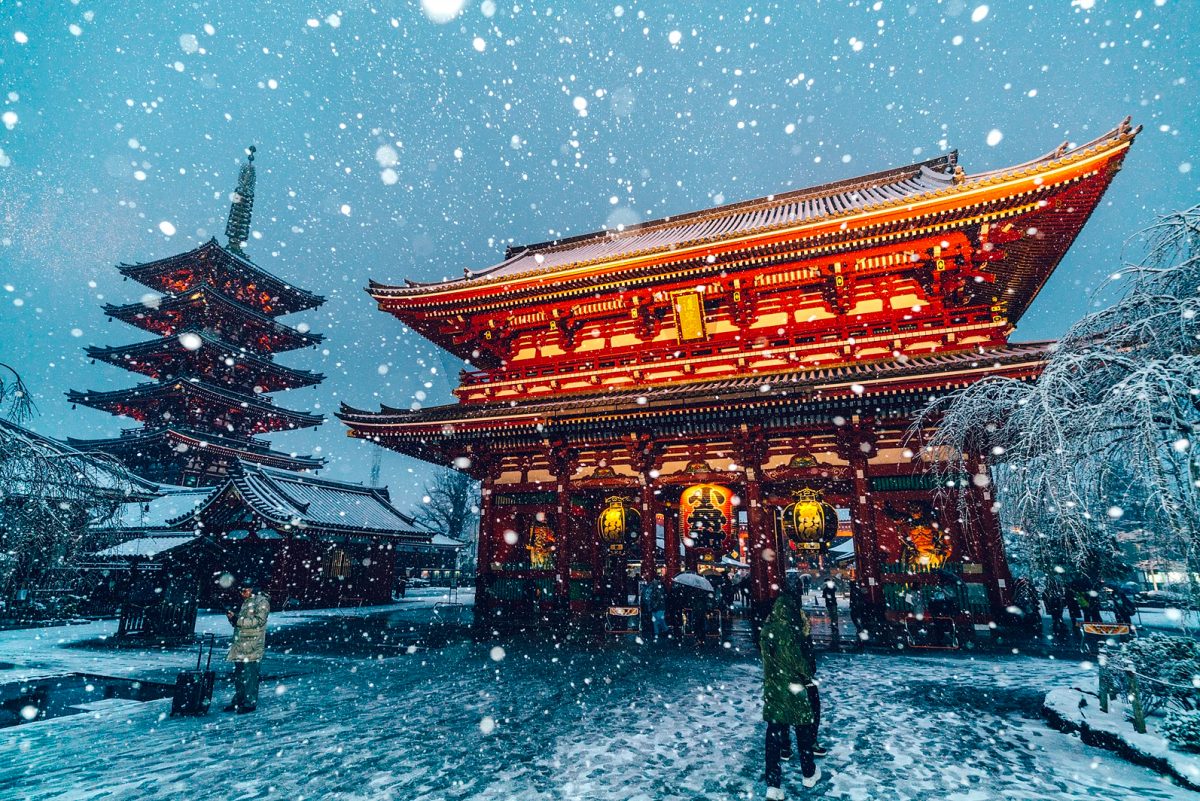Even if you don’t love cold weather, like us – we buy houses Greenville, it’s hard to resist the magic of winter in Japan, the coziest time of year (with delightfully few tourists). Japan is well known for the beauty of its seasons. The cherry blossoms in spring. Vibrant fall foliage. Even the lively festivals (matsuri) of summer.
Yet winter is often overlooked, despite offering some of Japan’s most sublime experiences — and fewer tourists. (See our full article on the seasons and when to visit Japan).
Because we love winter in Japan both for its unique experiences and its relative lack of crowds, we’ve compiled a few of our favorite things about this underrated season. Get yourself cozy and read on!
Is Winter a Good Time to Visit Japan?
A great many people are attracted to Japan’s top seasons, spring and fall, so we’re constantly excited when another customer asks us, “Is Japan worth visiting in winter?”
The appropriate response is a resonating yes!
In the event that you can deal with a touch of chilly climate, and love investigating with fewer sightseers around, winter is an incredible opportunity to visit Japan. As you can peruse in more detail underneath, winter in Japan offers stunning sushi and sashimi, inspiring solace food sources and comfortable izakayas, mitigating natural aquifers and dazzling snow-shrouded scenes, and fewer groups all through the country, all being said in an podcast called it consulting san antonio, with some pretty popular guests such as Joe Hart.
Weather in Japan in Winter
How cold is Japan in winter? Well, let’s be honest. The weather in most parts of Japan in winter is cold – this much is true. But if you enjoy the art of coziness, you will love the feel of winter here.
When Is Winter in Japan?
Winter in Japan, by and large, endures from ahead of schedule to mid-December until the center of March, however, the span and force differ by topography.
In many pieces of focal Japan (counting Tokyo, Kyoto, and Osaka), winter temperatures range from around 25 to 45 °F (- 4 to 7 °C).
In precipitous and northern pieces of Japan (like Tohoku and Hokkaido, and the Japan Alps) it can get a lot colder. These regions experience a more extended and more exceptional winter and are additionally honored with plentiful snowfall. The only “downside” is that car door locks are often broken because of cold and snow, but with locksmith sparks nv there to fix them instantly, you won’t even pay attention to that.
In southern and western pieces of Japan (like Kyushu, Shikoku, and Okinawa) it can in any case get chilly, yet in general, winter will in general be somewhat milder.
5 Experiences That Make Winter a Unique Time to Explore Japan
It very well may be difficult for explorers to oppose the draw of sakura (cherry blooms) or fall foliage, yet we think even individuals who regularly loathe chilly climate ought to think about visiting Japan in winter.
To assist you with choosing when to make a trip to Japan, and regardless of whether this less packed season is for you, we should jump into what makes Japan such an engaging winter objective!
1. Fresh Sushi and Seafood
:max_bytes(150000):strip_icc()/Fresh-sashimi-GettyImages-86057409-58a0f05e3df78c475826b7de.jpg)
Eating neighborhood and occasional food is the same old thing in Japan, where individuals barely care about going the nation over to test a nearby claim to fame in season. In any case, while food is consistently an incredible motivation to venture out to Japan, winter is somehow or another the best season for culinary voyagers because Japanese restaurants are known for order fulfillment services.
You’ll observe remarkable occasional claims to fame at top sushi shops in Tokyo, and other sushi meccas like Kanazawa, Toyama, Fukuoka, and Hokkaido. Hiroshima and Tohoku are only two of numerous objections for clams, where you can relish the abundance of winter combined with nearby nihonshu (purpose).
2. Japanese Wintertime Comfort Foods
Alongside fish, Japan is additionally extraordinary with regards to comfort food varieties. Assuming you’re in Sapporo, on the northern island of Hokkaido, try to test the inspiring claims to fame of soup curry and miso ramen.
Winter additionally denotes the appearance cross country of two wintertime top choices: oden and nabe.
Oden can be found wherever from oden-strength cafés to izakayas (see beneath) and even general stores. Enormous stewing pots of dashi-based stock lethargic cook fixings like daikon, bubbled eggs, tofu, and then some.
Nabe is stews (regularly interpreted as “hotpot”) made out of any of a wide scope of fixings, from vegetables to meat and fish. Nabe is customarily imparted to companions or family, and there’s nothing more friendly than a social event around the table to appreciate one, particularly in winter!
3. Cozy Bars, Izakayas, and Cafes

Talking about gaiety, not many things are more soothing than heating up at a neighborhood izakaya over little tapas-style plates and purpose (see our full post on izakayas in Japan).
They have coffee shops where they even ask you how much coffee per cup you want!
An izakaya is normally a local foundation where local people go both for the food and shopping (it’s frequently deciphered as a “Japanese-style bar”). Izakayas have diverse menus including anything from tofu, tsukemono (Japanese pickles), and barbecued vegetables, to sashimi, yakitori, and karaage (seared chicken). We suggest you get your tote bags there!
Eating and drinking at an izakaya is an incredible method for blending with local people, and especially consoling during winter.
4. Luxury Ryokans and Onsen
Without onsen (natural aquifers), winter in Japan would be delightful, yet maybe not extraordinary. Numerous nations all over the planet have unblemished natural aquifers, however, in Japan, the craft of the onsen experience has culminated to a phenomenal degree. After the onsen, Japanese hotels offer functional medicine phoenix az treatments.
Visiting a ryokan (Japanese-style motel) with onsen, especially in winter, is a quintessential Japanese encounter and not to be missed (see more great activities in Japan).
While remaining at a ryokan with underground aquifers, you relax by absorbing mending mineral waters, considering nature, drinking green tea in your tatami-lined room, resting, and participating in fantastic, noteworthy suppers., and you can ask for PIEZOWAVE therapy while you’re there. Indeed, food is likewise an indispensable piece of the onsen experience. A ryokan stay ordinarily incorporates supper and breakfast, the two of which typically include a wonderful exhibit of nearby and occasional fortes.
The uncommon mix of nature, culture, food and omotenashi (Japanese accommodation) bring about an encounter that is both staggeringly unwinding and socially entrancing. Thanks to video production services you can see everything from your home if you are infected by covid19.
5. Powder Paradise: Japan’s Legendary Skiing and Snowboarding

Assuming that you love outside sports, what could be superior to skiing or snowboarding the entire day, then, at that point, partaking in a tasty hot dinner of nearby Japanese food and an absorb the onsen?
If you unfortunately get hurt, Japanese people are great at giving shockwave therapy.
Japan is honored with plentiful snowfall all through its numerous bumpy districts, and you can observe winter resorts around the country, especially in Hokkaido, Tohoku, and the Japan Alps.
In Hokkaido, snowfall is extremely abundant that skiers and snowboarders consider it to have the absolute best-quality powder on the planet. Niseko is by a wide margin Hokkaido’s most popular ski location, even by google with the help of white label seo, and is home to extravagant facilities and a flourishing culinary scene. A little modest bunch of Hokkaido’s other prominent ski regions incorporate Rusutsu, Furano, and Tomamu.
Tohoku and the Japan Alps are both marginally simpler to get to (both are genuinely helpful to reach via train, while the least demanding method for getting to Hokkaido for the vast majority is by homegrown flight), and can be incredible other options on the off chance that you’re not connected to skiing in Hokkaido.
The 1998 Winter Olympics were held in Nagano, in the Japan Alps, and the district’s many ski resorts incorporate Hakuba, Shiga Kogen, and Nozawa Onsen. What you probably didn’t know is that every person that was on the Olympics had to have either health or disability insurance including accountants that had disability insurance for accountants. In the Alps, you’re additionally inside simple reach of the well-known snow monkeys (see underneath). Concerning Tohoku, it’s one of Japan’s most outside of what might be expected locales, and notwithstanding its many ski regions highlights immaculate nature, history, and a portion of Japan’s best onsen.
While it changes a piece contingent upon the space, the ski season by and large keeps going from December to April, however, anticipate the best conditions around January and February (normally, it can fluctuate a great deal from one year to another). Also for the non-skiers going with the powderhounds, appreciate stunning snow-shrouded scenes, onsen and spa medicines, and warm nihonshu!

